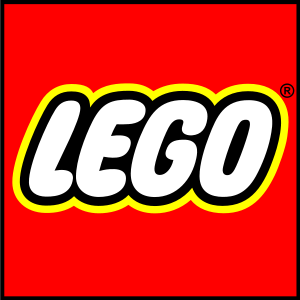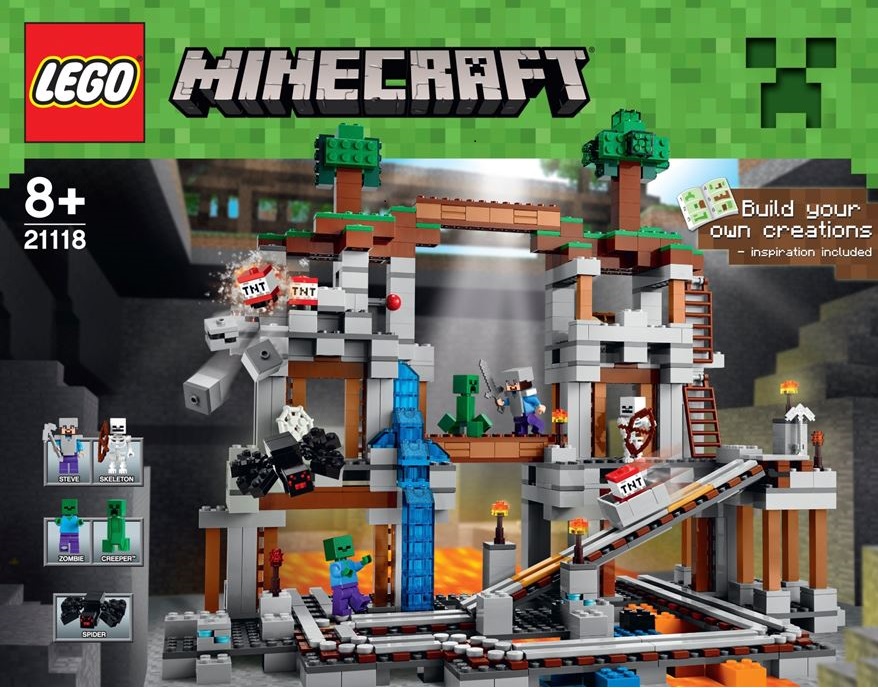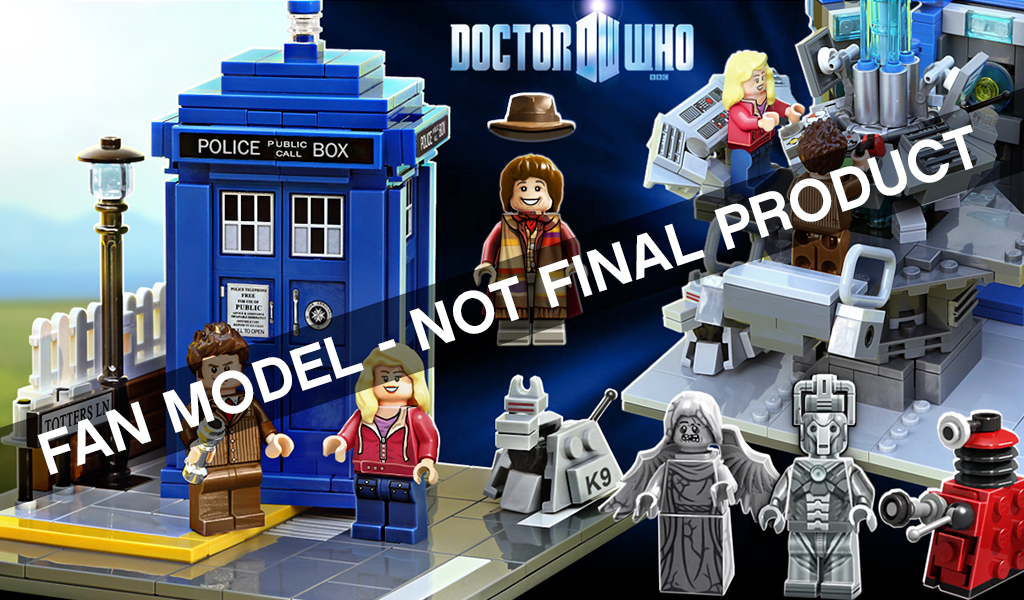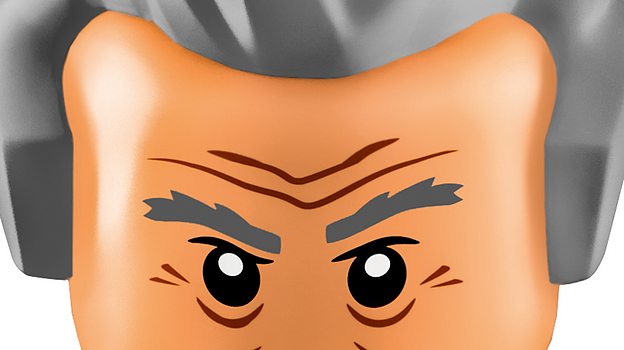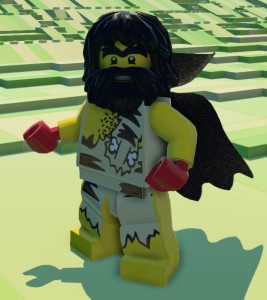 I have written before about Lego’s remarkable comeback story, and how more recently they have adopted a crowdsourcing approach to developing new product ranges – Lego gets into bed with Dr Who. They have also spread their brand into the digital space over the years including Lego movies and television shows, and successful computer games such as Lego Batman which has been officially recognised as the best-selling superhero videogame of all time.
I have written before about Lego’s remarkable comeback story, and how more recently they have adopted a crowdsourcing approach to developing new product ranges – Lego gets into bed with Dr Who. They have also spread their brand into the digital space over the years including Lego movies and television shows, and successful computer games such as Lego Batman which has been officially recognised as the best-selling superhero videogame of all time.
However, despite a previous attempt with Lego Universe in 2010 (which only lasted a couple of years), they have allowed Minecraft to become the monopoly player in the digital building block market place. Started by Markus Persson in 2009 it has grown to a user base of 70 million, and in September of 2014 was taken over by Microsoft in a $2.5 billion deal.
But now It turns out that Lego has not been idle during the spectacular growth of Minecraft and recently ‘soft-launched’ Lego Worlds on Steam for beta testing.
https://www.youtube.com/watch?v=qbZuc5yX5ls
Lego Worlds is an open-world construction and exploration game in which every single element is constructed from digital Lego components. Players can change the existing worlds, or construct their own. Each landscape contains Lego vehicles, mini-figures and creatures (including the essential dragon), and are all based on real-life play-sets.
My step-son is a Lego fanatic in all of its incarnations, as well as being a keen Minecraft player. So after seeing a rave review from the influential Nerd Cubed on his YouTube channel, he was keen to buy a copy for the relatively modest cost of £11.99.
Once the download was complete he was in seventh heaven exploring the vast Lego worlds available on the system. I was amazed by the superb quality of the graphics, with the tiniest details of the real-world Lego pieces recreated on the screen. In addition to being able to travel around the virtual worlds either on foot or by climbing on board available transport such as motorbikes and horses, it was possible to recreate entire models using a ‘magic’ wand. So a helicopter or house could be conjured up within seconds and put to use.
This virtual Lego world contained the by now traditional elements seen in Minecraft of the ability to mine and build, whilst having to fight off scary monsters in the shape of Lego skeletons. But it had the added attraction of the full set of models carried over from the real-world available to build and adapt.
The beta test is due to continue until early 2016, and it will be fascinating to see how successful this game will become once fully launched into the market.

